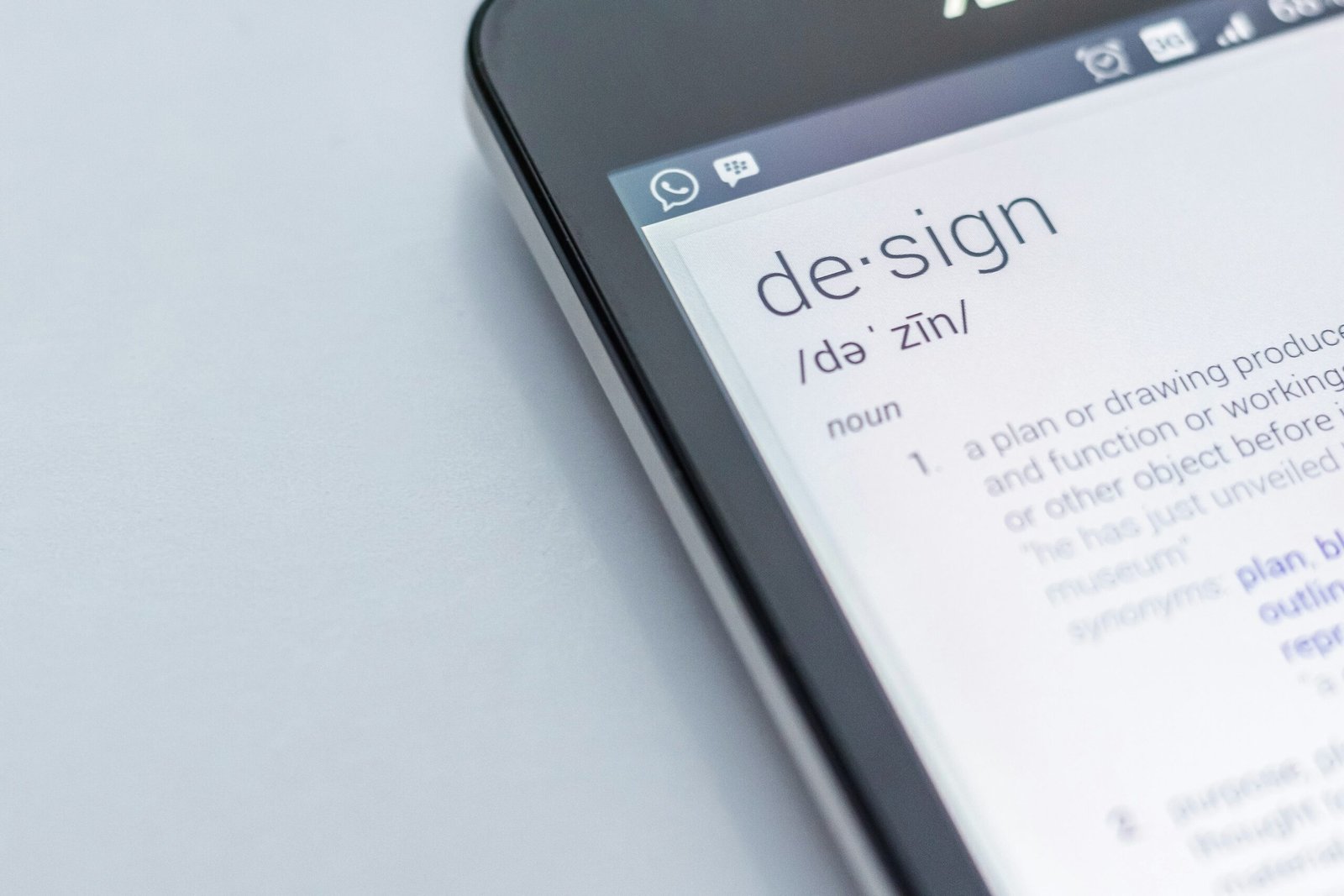Intuitive UX/UI design is a crucial aspect of creating user-friendly and engaging digital experiences. It involves designing interfaces that are easy to understand and navigate, allowing users to interact with a website or application effortlessly. In this article, we will explore the key principles and techniques behind intuitive UX/UI design.
The Importance of Intuitive Design
Intuitive design plays a vital role in enhancing user satisfaction and reducing friction in the user experience. When a website or application is designed intuitively, users can quickly grasp how to navigate through the interface and accomplish their goals. This leads to increased user engagement, higher conversion rates, and ultimately, business success.
Key Principles of Intuitive UX/UI Design
1. Consistency: Consistency is a fundamental principle of intuitive design. By maintaining consistent visual elements, such as color schemes, typography, and button styles, users can easily recognize and understand the interface. Consistency also applies to the placement and behavior of interactive elements, ensuring that users can predict how the interface will respond.
2. Clarity: Clear and concise communication is essential in intuitive design. Using simple and straightforward language, icons, and visual cues helps users understand the purpose and functionality of different elements. Avoiding jargon and unnecessary complexity allows users to navigate the interface effortlessly.
3. User-Centric Approach: Intuitive design puts the user at the center of the design process. By understanding the target audience and their needs, designers can create interfaces that align with user expectations and mental models. Conducting user research, usability testing, and incorporating user feedback are crucial steps in achieving a user-centric design.
4. Visual Hierarchy: Creating a clear visual hierarchy helps users prioritize and understand the information presented. By using visual cues such as size, color, and placement, designers can guide users’ attention and highlight important elements. A well-defined hierarchy ensures that users can quickly scan and find the information they need.
Techniques for Intuitive UX/UI Design
1. Responsive Design: With the increasing use of mobile devices, responsive design has become a necessity. Designing interfaces that adapt to different screen sizes and resolutions ensures that users can access and interact with the content seamlessly across various devices. Responsive design improves the overall user experience and prevents frustration caused by non-responsive or poorly optimized interfaces.
2. Clear Navigation: Navigation is a critical element of intuitive design. Designers should create clear and easily accessible navigation menus that help users move between different sections of the website or application. Using descriptive labels and organizing information in a logical manner enables users to find what they are looking for without confusion.
3. Feedback and Affordance: Providing feedback and clear affordance is essential for intuitive design. Users should receive immediate visual or auditory feedback when they interact with an element, confirming that their action has been recognized. Additionally, using visual cues such as button styles and hover effects helps users understand which elements are interactive.
4. Error Prevention and Recovery: Designing interfaces that prevent errors and provide easy recovery options is crucial for intuitive design. Clear error messages and validation prompts help users understand what went wrong and how to rectify it. Providing undo options and saving user progress can prevent frustration and enhance the overall user experience.
Conclusion
Intuitive UX/UI design is all about creating interfaces that are easy to understand, navigate, and interact with. By following key principles such as consistency, clarity, user-centricity, and visual hierarchy, designers can ensure that users have a seamless and enjoyable experience. Incorporating techniques like responsive design, clear navigation, feedback and affordance, and error prevention further enhances the intuitive nature of the interface. Prioritizing intuitive design ultimately leads to higher user satisfaction, increased engagement, and business success.











Leave a Reply